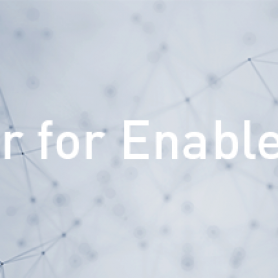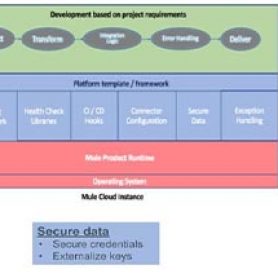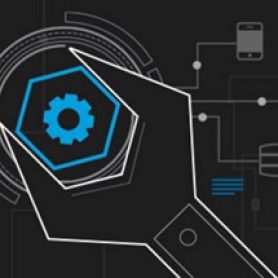Why Choose the C4E Methodology? It’s More Than Just a Talk Track
No matter where you are in your MuleSoft adoption journey, you’ve likely learned that we encourage our customers to adopt some form of a
What is a Center for Enablement (C4E)?
Technology is important to enterprise success. But the larger a company becomes and the more technology projects it initiates, the more complexity and fragmentation
How IATA launched the Travel Pass in the face of the pandemic
When the pandemic struck, many organizations were forced into a reactive scramble to manage the unprecedented disruption. IT teams had to reprioritize quickly, changing
Why a C4E is critical to an integration strategy’s success
Erin Kieffner, Director of Service Enablement, Ryan Pigford Software Developer Manager, and Chris Spinner, Software Engineering Manager, share OneMain Financial’s journey implementing MuleSoft. They
The shift toward a digital-ready culture: Is your organization there yet?
In the wake of the pandemic, an organization’s ability to adapt quickly to changing customer expectations has become critical. IT has become the primary
Integration analytics: How to move from definition to KPI dashboard
This blog post was co-authored by Stephen Fishman, Regional Vice President - Customer Success Strategy & Architecture. At MuleSoft we are enabling enterprises across
Creating the perfect storm for change: Unlocking reuse with the right conditions
Some things in life cannot be pursued directly. Success and happiness, as noted in Viktor Frankl’s Man’s Search for Meaning, come to mind. Enterprise
How Salesforce built a C4E to enable an API-led strategy
In November, we published a story on how Salesforce uses MuleSoft to improve employee onboarding. Over the coming months, we will be highlighting the
How I scaled my iPaaS solution
Are you stuck with business as usual where you end up building solutions with a platform as a service (PaaS) for project needs? Do
MuleSoft at MuleSoft: Creating a lookup System API with a C4E
In the previous blog post of this series on C4E, I discussed using an API-led approach to build software applications. The C4E practice encourages
























